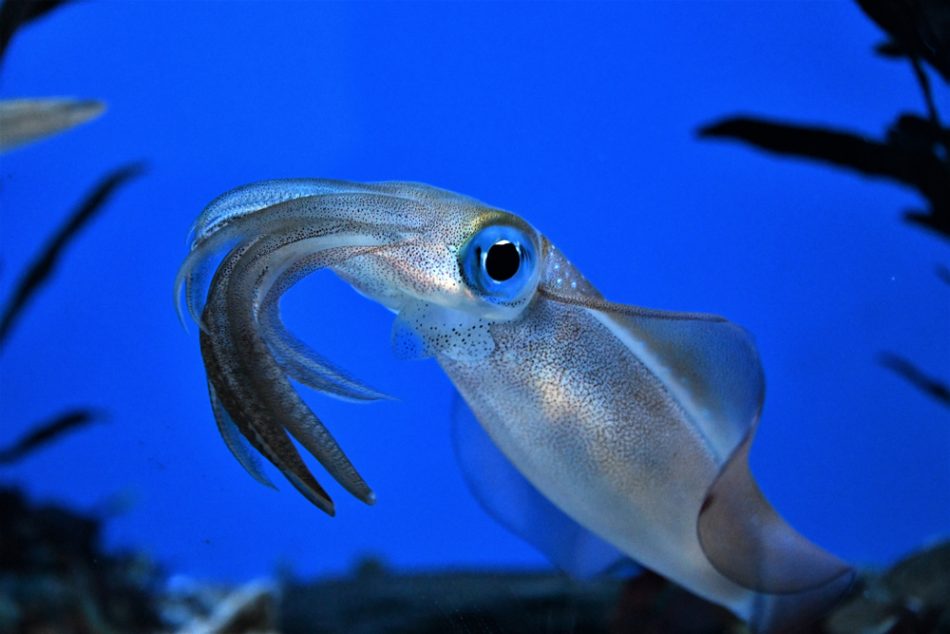Octopus and cuttlefish are known for their impressive ability to camouflage into their surroundings, changing the color of their skin to escape their predators and catch unsuspecting prey.
Squids are cephalopods like octopus and cuttlefish, so one could assume they can camouflage too. However, due to their light color and difficulty living in captivity, scientists have never been able to record them in the act… until now.
Can squid change color?
A new study, conducted by Okinawa Institute of Science and Technology Graduate University (OIST), has shown that squids can, in fact, change their color to match their surroundings and avoid predators. The oval-squid, locally known as Shiro-ika, is one of three squid species kept at the OIST’s Physics and Biology Unit that has allowed researchers to gain insight into squid behavior.
Catching the squid’s color-matching behavior was actually serendipitous. Scientists observed this display as they were cleaning algae out of a tank. The squids changed color depending on where they were in the tank and if that part was still coated in algae. This inspired controlled experiments where underwater cameras and statistical tests were used to confirm their observation.
To see the squids changing color, check out the video from OIST here.
Why is this research important?
This ability could inspire scientists in designing innovative technology for the future. It is also vitally important for conservationists to understand their behavior in the context of survival and how they perceive the world around them.
“Squid usually hover in the open ocean, but we wanted to find out what happens when they move a bit closer to a coral reef or if they’re chased by a predator to the ocean floor,” explained first author Dr. Ryuta Nakajima. “If the substrate is important for squid to avoid predation, then that indicates that increases or decreases in squid populations are even more tied to the health of coral reefs than we thought.”
Source study: Scientific Reports – Squid adjust their body color according to substrate











